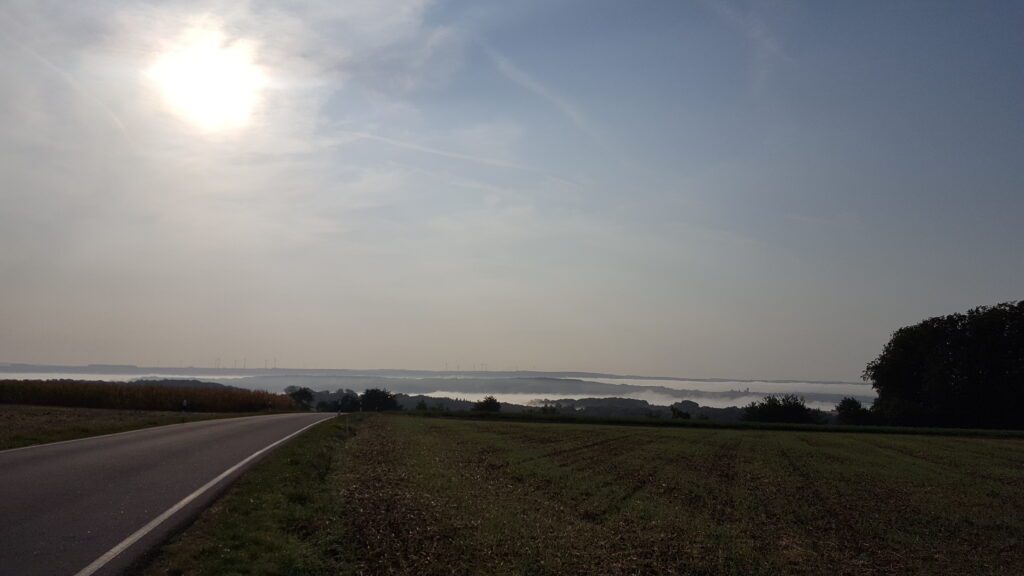“He was kindhearted, in a way. You know the sort of kind heart: it made him uncomfortable more often than it made him do anything; and even when he did anything, it did not prevent him from grumbling, losing his temper and swearing (mostly to himself).”
― J.R.R. Tolkien, Tales from the Perilous Realm
The idea that “good intentions” are paving the road to hell is one I’ve heard regularly. It felt confusing as this seemed to imply that “good intentions” were bad, but then how could something positive be created? Even more confusing was, that having had a “good” intention sometimes would excuse unforeseen consequences of an action.
It is one of these saying that emerged from an idea of moral standards and has since been used to describe situations in which moral standards have not been lived up to. While the saying describes a phenomenon, I believe that it’s usage is righteous and perfectionist. It misguides to believe that we should be able to know the consequences of our actions – even, when we can’t.
What we can do though, is realize what our intentions are and assess if the actions we undertake actually help us to achieve our goal.
“A good intention, with a bad approach, often leads to a poor result.”
― Thomas Edison
Let’s dive a bit into the word “intention”:
The Cambridge dictionary describes two meanings of intention 1) “something that you want and plan to do” and 2) “an aim”.
In a similar approach folk psychology suggest that we perform an action if we want an outcome and believe that it can be achieved through that action. However beliefs and desires are not responsible for any action, this is where intention becomes the mediator and leads into action based on the existing desire and the belief as to how it can be achieved.
This role as mediator also gives intention a prominent place in the way connect with others. Even though only the action will be visible, the way the action will be understood by others depends on how our intention is perceived by them.
If you subscribed let’s say to Jeff’s newsletter and haven’t seen it come into your mailbox for months, then suddenly you start seeing messages from Jeff coming in regularly, sometimes even daily. Reading the messages you understand that Jeff created a training and is now mailing you to offer you to participate in it. Your reaction to the messages will depend on your relationship with Jeff. If it is based on trust, then might decide to participate (or not) based on the idea that Jeff really wants to help you with his training. If you haven’t built up trust with Jeff yet, then your reaction could be different as seeing the intention to provide you value through a training might not be as visible as the intention to sell you a training.
If we leave it only to our intention to persuade others, we leave it to hope that they will understand us. It’s resting on intention instead of taking up some effort to make our desire visible, verify with others if our actions show our intentions and correspond to their needs.
“If the road to hell is paved with good intentions, it is partly because that is the road they generally start out on.”
― Stephen Garrard Post
Until now I’ve described intention as seen through the action it triggered, that action might have achieved its goal, might have been missed to achieve its goal or might simply not have happened if the belief to be able to achieve it hasn’t been sufficient.
But, what if the intention in itself isn’t helpful? What if the desire we have is being transformed by an emotion we haven’t fully felt and processed? In that case we could be leaving it up to the emotion to fuel the intention and the action and might not be fully aware of our intention ourselves, having ‘gone reactive’.
That’s a good place to question our intention. Can it be, that it is one of being right, looking good, blame or put someone else down? Or is my intention to create, build-up, learn and grow?
The mindset linked to the intention is our starting place.

